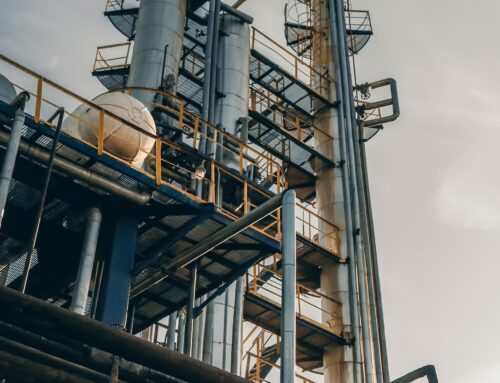Recycling has become an essential practice in reducing waste and conserving natural resources. In recent years, the textile industry has seen significant progress in developing sustainable recycling methods. One crucial aspect of textile recycling is the utilization of petrochemicals, which play a vital role in closing the loop.

Petrochemicals, derived from petroleum or natural gas, are widely used in the production of textiles. They are essential in manufacturing synthetic fibers such as polyester, nylon, and acrylic. However, the reliance on petrochemicals has raised concerns regarding environmental impact and resource depletion.
Fortunately, the textile industry is actively working on overcoming these challenges by embracing innovative recycling techniques. The process involves reclaiming used textiles and extracting valuable materials for regeneration. Petrochemicals play a crucial role in several important stages of textile recycling:
1. Collection and Sorting
Petrochemical-based polymers enable textile recyclers to easily sort different types of fabrics through automated processes. By identifying the specific fibers present in a textile, the recycling process becomes more efficient and accurate.
2. Shredding and Cleaning
After sorting, textiles undergo shredding and cleaning to remove impurities and prepare them for further processing. Petrochemical solvents are used during the cleaning process to dissolve contaminants and separate materials effectively.
3. Fiber Regeneration
Petrochemicals are instrumental in breaking down the shredded textiles into their basic molecular components. Through chemical processes such as depolymerization, the polymers are transformed back into their original monomers. These monomers can then be used to create new fibers or other textile products.
“Textile recycling, with the aid of petrochemicals, allows for the reduction of waste and provides a sustainable way to produce new textiles without further depleting natural resources.”
4. Material Repurposing
Aside from fiber regeneration, petrochemicals contribute to the repurposing of textile waste. By creating composite materials or converting textiles into usable fuels, petrochemicals provide alternative pathways for the reuse of discarded textiles.
5. Circular Economy
The integration of petrochemicals in textile recycling allows for the establishment of a circular economy within the industry. By reducing dependency on new petrochemical inputs, it minimizes waste and helps conserve energy and resources.

Ultimately, petrochemicals in textile recycling contribute to the closing of the loop by extending the lifespan of textiles, reducing waste, and conserving natural resources. As the textile industry continues to prioritize sustainability, advancements in recycling technologies and processes will play a vital role in creating a more environmentally conscious and efficient industry.
It is imperative that consumers, manufacturers, and policymakers all continue to support and promote textile recycling initiatives, driving the transition towards a more sustainable future for the industry and our planet.





